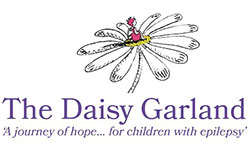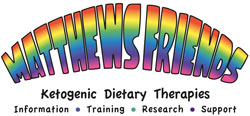About the Ketogenic Diet
There is currently no cure for Glut1 Deficiency. Treatment is aimed at controlling symptoms by addressing what is thought to be the fundamental issue of Glut1 Deficiency – energy failure in the brain. The current standard of care is the ketogenic diet. The KD is a high fat, moderate protein, and low carbohydrate diet that causes the body to produce and burn ketones for fuel in the absence of glucose.
These ketones can act as an alternative fuel source, and the energy they provide can help alleviate some of the symptoms of Glut1 Deficiency and help supply better nourishment for the developing brain. The KD is also used as an effective treatment against seizures in the general epilepsy population, typically in children but recently also in adults. In its general application, it is often used after 2-3 anticonvulsant medications have failed.
It is showing promise in helping other neurological conditions as well. The KD is carefully tailored to individual patients, has potential side effects, and should only be used under the care of medical professionals. The diet can help improve most symptoms associated with Glut1 Deficiency, but often does not completely control them. Other forms of treatment are currently under investigation by Glut1 Deficiency researchers, but as of now there are no other available treatments.
It can take some time for the full potential of the diet to take effect, and adjustments and modifications are sometimes required with the parameters of the diet (ratio, calories, protein levels, number and timing of meals, fat sources, etc.). Anticonvulsant medications can usually be reduced or discontinued, as they are generally not very effective in treating the seizures caused by Glut1 Deficiency because they do not help nourish the starving brain. However, it is not unusual for children with Glut1 Deficiency to remain on and benefit from a single anticonvulsant along with the diet. Early diagnosis is vitally important so the diet can be initiated as soon as possible to provide energy to the developing brain, and also to avoid often ineffective and potentially harmful medication trials and side effects.
Experts recommend continuing the diet at least through puberty, and many patients continue to experience benefits from the diet even well into adulthood. While the classical ketogenic diet is the standard of care, especially for young patients with Glut1 Deficiency, other forms of the diet have been used by families with positive results – MCT version, Modified Atkins Diet, and the Low Glycemic Index Diet. These diets are slightly less restrictive so they may have particular advantages for adolescents and adults. For information on the Ketogenic Diet the Glut 1 Community works closely with the following charities.




